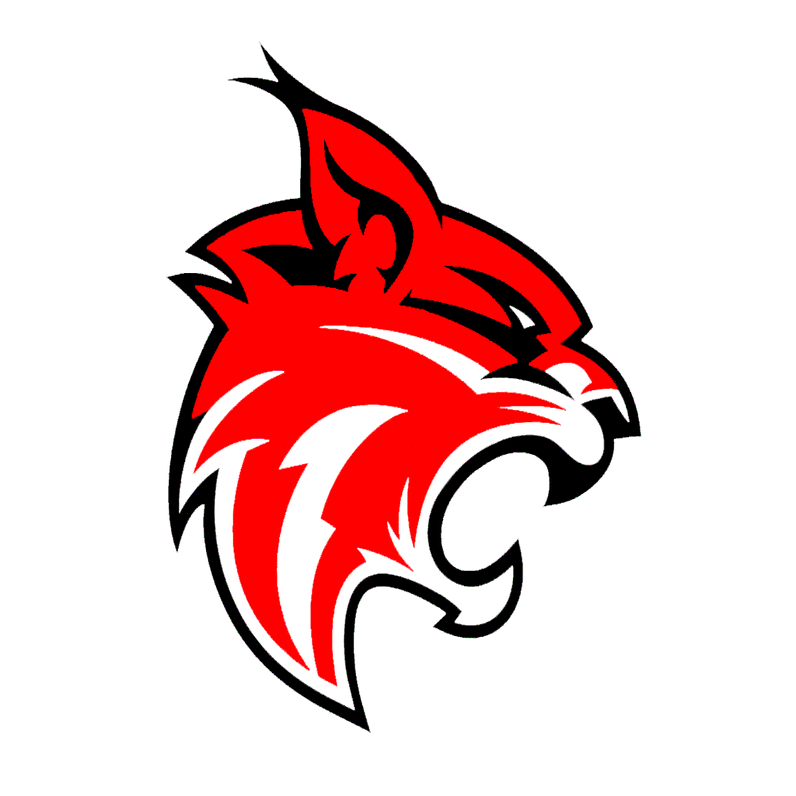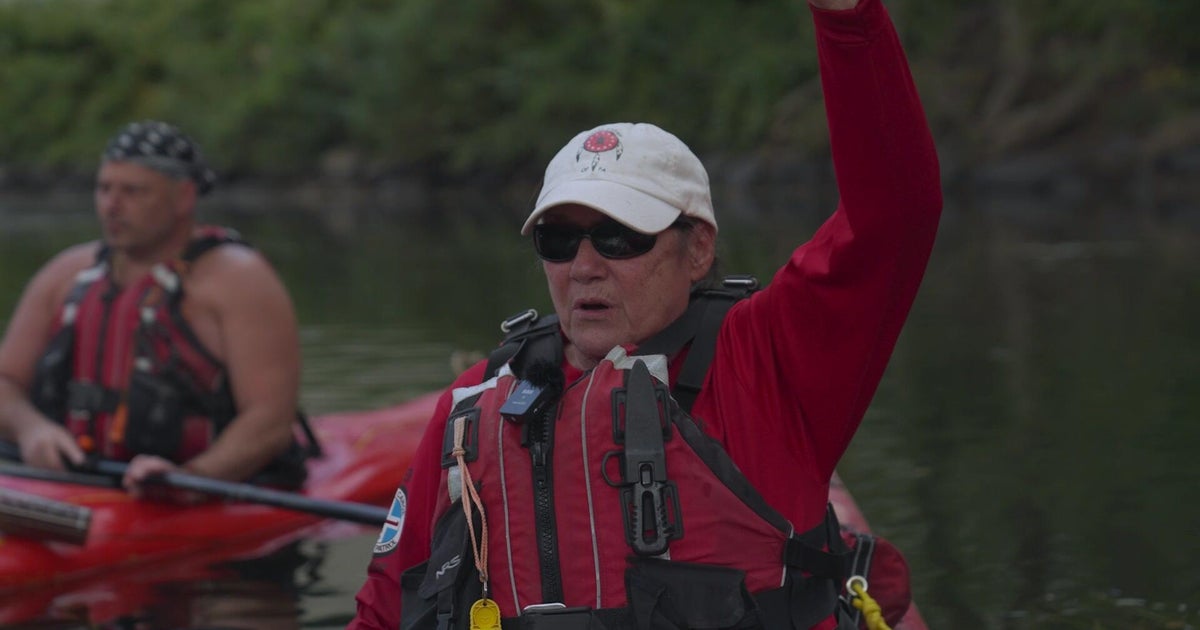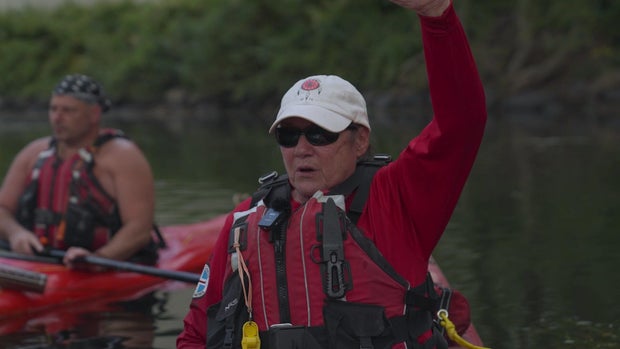Jessica VanWhy
News Editor
March 23- A Welfare check in Sycamore Suites on a student that was having an anxiety attack or panic attack.
March 23- Security Officer Connell Jones was requested to meet with RA at the University Ridge to check on a noise complaint.
March 24- A ESU student went to the University Police to report sexual assault that happened in Hawthorn Suites.
March 26- A student reported that something was lost or missing from their backpack at the University Center.
March 27- An RA observed maijuana smoke coming out a window from a room at the University Ridge.
March 27- Someone stole bathroom spray from the fourth floor community bathroom in Minsi Residence Hall.

March 28- Someone was charged with possession of a small amount of marjuana and drug paraphernalia at the University Center.
March 28- A student living in Laurel Hall filed an incident of scam that they got earlier in the night.
March 29- A RA called about a person that was not supposed to be in Lenape Hall.
March 29- An ESU alumni called about a group of individuals fighting at the softball fields behind the Zimbar building.
March 30- A ESU student got a call from an unknown number.
March 31- A complaint of the smell of marijuana in a room in Sycamore Suites.
April 2- There was a young woman that was sitting alongside the road crying on East Brown street. Checked on her well being.
April 4- Clothes were reported missing from Hemlock Suites.
April 4- There was a prank in Hemlock Suites.
April 4- A student in Lenape Hall called about someone harassing them through their door.
April 4- Someone in Lenape Hall was in possession of marijuana.
April 6- A male called into the…





 Lenape Clan Mother Shelley Windamakwi DePaul sings an honor song for her ancestors while kayaking along the Delaware River. CBS News
Lenape Clan Mother Shelley Windamakwi DePaul sings an honor song for her ancestors while kayaking along the Delaware River. CBS News 









